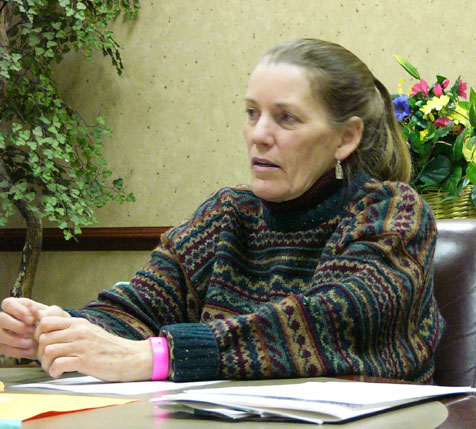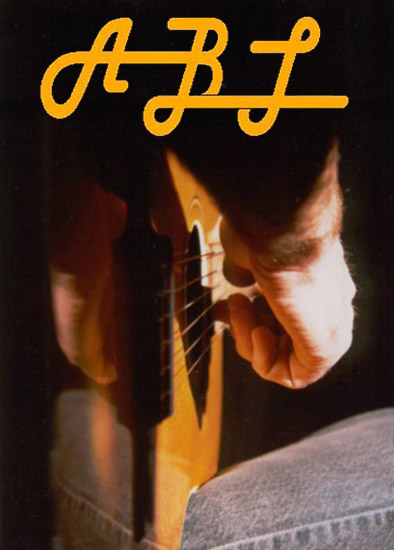|
Column Archive |
||
November, 2010 |
"Museum of Musical Instruments" |
by Webmaster |
|
| There's a new museum in north Scottsdale, Arizona. It is a Musical Instrument Museum. I saw it for the first time during the last week in October. Luckily, I got to see it with my nephew and his 3-year-old son. It has interesting architecture, a theater, a program of musical events, scuptures based on musical instruments, a map of the world inlaid with different colored stone for the continents, a conservation lab, and rooms full of musical instruments, organized by geographical areas and other themes (instruments, performers). It has flat panels for videos and hot spots for wireless audio. We let the 3-year-old take us to areas that interested him. We started with a gallery of different guitars, made our way up a flight of stairs under enormous instruments hanging from the ceiling, went through most of the African gallery, enjoying the audio and video of various dances using the rhythm instruments. We made our way down a curved marble staircase that led us to the map of the world in the floor. Just down the hall was the Experience gallery. Far from being a "look but don't touch" room, it was designed to let people strum, pluck, hammer and totally experience instruments from Martin plastic guitars and harps to marimbas, bells, drums, a giant gong, and Asian "bells". It even include a Nickelodeon which was based on a player piano plus accordian, xylophone and 6 rhythm instruments. Oh, there was a Theramin available to play! Did you ever want to make sounds like a grade B science fiction movie from the 50's just by waving your hands? That was the only instrument in the room that wasn't down at the level a 3-year-old could easily access. And, access he did. He tried various mallets on various instruments intended to be struck. He strummed and plucked every instrument, listening to the sound. He went back and forth between drums, trying one then the other, exploring sounds made with his hands and mallets. There were docents there, to guard the instruments from blatent abuse and answer questions. One thought her job was to teach my grand-nephew rhythm. She counted out, drummed and tried to help him produce a steady 4/4 beat. He was far more interested in exploring more creative rhythmic patterns. He followed her suggestions just to show her he could do it then went back to syncopating and creating different, changing patterns. I envy that creative spirit. "What happens if I ...?" Where did I lose that? I used to write really interesting melodies. I'm too aware of chord structures. I used to play with rhythms. Now I find all my songs sound alike. Wouldn't it be great to go back to being a child and experimenting outside the box? How do we do that, if not to take up a new instrument and play it as an experiment? I hoped that Garage Band will give me more choices, but it's proving to be too cumbersome to use for that. Last month I hosted a Songwriters Showcase with B.
J. Suter The song, "Do, a deer, a female deer. Re, a drop of golden sun. ..." teaches us a scale based on the root note of the scale, for which the scale is names. The "C scale" has the ascending notes: C, D, E, F, G, A, B, then back to C. A modality can be D, E, F, G, A, B, C, D or F, G, A, B, C, D, E, F or A, B, C, D, E, F, G, A. Simple melodies in a scale, that start and end with the root note of the scale, take on a whole different sound when they are shifted up into a different modality. Aha! I found my new playground, my way out of the box! I can play on a keyboard, in the key of C which uses only white keys, in a different modality to get a new sound. I can play "What happens if I ...?" and experiment. I can play note patterns and listen to the sound they make in different modalities. And, I don't have to stay in one modality for the entire song--I can go from one to another. Last month's column had suggestions for getting through writers' block. I wrote from the point of view of a lyricist. I never thought of using different instruments, with different scales designed into them, to break through melodic writers' block! I felt like a 3-year-old, playing a guitar and harp and Asian bells and marimba for the first time! We played the Nickelodeon one last time, and headed for the door. On the way, we passed the Artist room and my grand-nephew was attracted to the display featuring John Lennon playing piano and singing part of "Imagine." He found something that held his interest for more than a few minutes. I explored that room and the one next to it, with various player pianos and mechanized methods of playing instruments. A short clip of Scooby Doo with a player piano caught my attention. I went back to find my grand-nephew still listening to John Lennon, singing along with the audio, learning the words to "Imagine." When I suggested he come with me, he said, "No!" Eventually I got him to go watch the Scooby Doo video. After a few viewings, he went back to "Imagine." Dad promised him that they'd download the song from iTunes, so he was willing to leave. I'm fairly sure he didn't actually learn or understand all the words he was hearing. But he certainly was transfixed by "that boy" (as he referred to Lennon in the video) and the song. A world opened up to him because of the power of a one wonderful song! If you're in the Phoenix area, visit the Musical Instrument Museum. I hope you find something that touches you and inspires you. Thanks for visiting AcousticByLines. |
|||
| TOP | |||

 and Emily Miller Bond. Both are composers. BJ is also one of my co-writers.
I give her lyrics and she writes interesting music. BJ and Emily talked
about composing using different modalities of a scale. They have names
like Lydia and Dorian. What it boils down to is that all the modalities
of a scale use only the notes of that scale, but they begin and end
with a different note of the scale.
and Emily Miller Bond. Both are composers. BJ is also one of my co-writers.
I give her lyrics and she writes interesting music. BJ and Emily talked
about composing using different modalities of a scale. They have names
like Lydia and Dorian. What it boils down to is that all the modalities
of a scale use only the notes of that scale, but they begin and end
with a different note of the scale. 